Designing Sound teaches students and professional sound designers to understand and create sound effects starting from nothing. Its thesis is that any sound can be generated from first principles, guided by analysis and synthesis. The text takes a practitioner’s perspective, exploring the basic principles of making ordinary, everyday sounds using an easily accessed free software. Readers use the Pure Data (Pd) language to construct sound objects, which are more flexible and useful than recordings. Sound is considered as a process, rather than as data—an approach sometimes known as “procedural audio.” Procedural sound is a living sound effect that can run as computer code and be changed in real time according to unpredictable events. Applications include video games, film, animation, and media in which sound is part of an interactive process. The book takes a practical, systematic approach to the subject, teaching by example and providing background information that offers a firm theoretical context for its pragmatic stance. [Many of the examples follow a pattern, beginning with a discussion of the nature and physics of a sound, proceeding through the development of models and the implementation of examples, to the final step of producing a Pure Data program for the desired sound. Different synthesis methods are discussed, analyzed, and refined throughout.] After mastering the techniques presented in Designing Sound, students will be able to build their own sound objects for use in interactive applications and other projects
|



